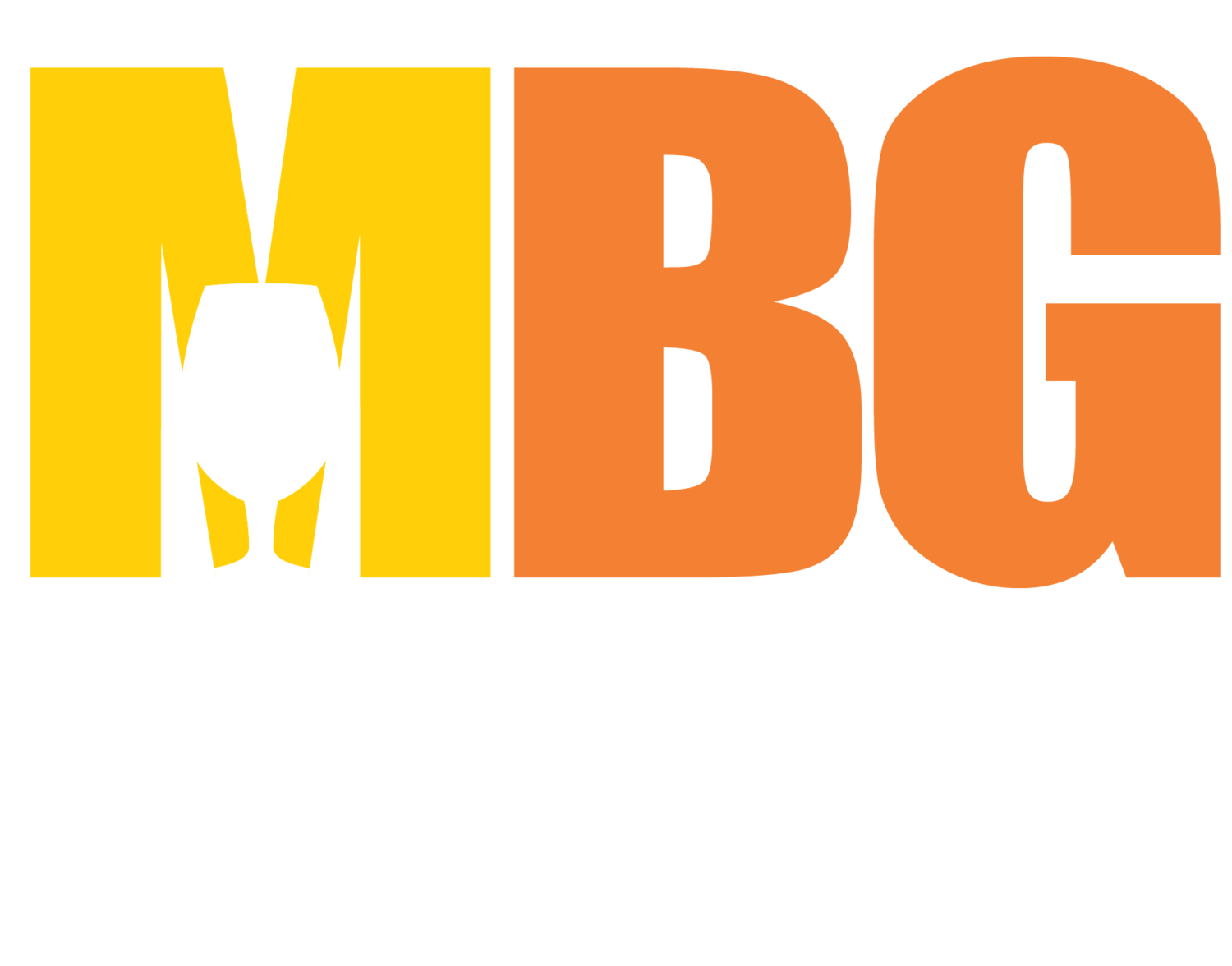Working on Kegs and Keeping it Safe!
By: Steve Bradt
Eastern US technical Sales Representative for Micro Matic’s Packaging Division
I travel the Eastern US working with brewers who use kegs as part of their packaging mix. As a “recovering” craft brewer I came into this position painfully aware of how little most of us know about that ultimate beer can that we love so much.
There is a lot to say about the ways that kegs can affect the quality of your beer, but the first thing to be addressed is safety. At most stages of a keg’s life cycle, it exists as a pressurized vessel and as such, it deserves some respect. A full explanation of keg servicing and safety is beyond the scope of a blog post, but let me offer a few key tips to help keep you, your crew, and your customers free of injury.
Note that while periodic removal of spears for repair or inspection is a good practice, the practice of removing spears to wash kegs is not. This greatly increases the likelihood of an accident. A well designed, commercial keg washer that will allow cleaning of the keg without disassembly is an essential piece of equipment for commercial brewers of all sizes.
The overarching safety requirement is that you must always depressurize the keg immediately prior to attempting to remove the spear. It seems like a simple concept, but it gets ignored surprisingly often. And the “immediately” part is critical, because a keg that has beer in it will re-pressurize over time and even an empty keg will re-pressurize as it warms up.
Drop-in style spears are the most common in the American Sanke or D-system kegs. They are secured by a double circlip made of flat stainless steel that snaps into a groove in the keg neck.
· Ignore everything you’ve seen on YouTube. It’s wrong and in many cases dangerous!
· Use the correct tools. These are specifically designed and supplied by keg or spear manufacturers. This does not include hammers, creatively modified screwdrivers, ice picks or vice grips! The safest tools will provide a way to clamp down on the spear to depressurize the keg and relieve the pressure against the circlip by compressing the sealing gasket. This a often called a “Valve Compression Safety Tool” This allows for the insertion of a special stainless steel “knife” to remove the circlip without damage to the keg or the spear.
· Always keep your body out of the spear’s path of ejection while removing the circlip.
· Always discard and destroy the circlip when you remove it. These are one-use items and a brand new one should always be used for reassembly of the keg. Really – every time.
· Tabs on the spear fit into notches in the keg neck and then rotate slightly clockwise into a safety “Z groove” that is designed to help prevent the spear from accidentally ejecting from the keg.
· The same clamping tool that was used to relieve the pressure against the circlip for removal is used again for reassembly. This allows you to put your new circlip in with no other tools besides your fingers. No other tools should be used as they may cause damage to the circlip.
o Pro Tip! If the circlip doesn’t go in all the way, loosen the valve compression tool, rotate it 90° and tighten it again. If you repeat that for 360° and the circlip still hasn’t gone into the groove, take it back out and figure out why. Either the groove is dirty (clean it) or it has been pinched (this may not be repairable) or you neglected to lock the spear into the safety Z groove and the tabs are blocking the groove (You may need to straighten the tabs before reinserting).
Threaded spears have their own set of safety rules, but that can wait for another post.
Steve Bradt is the Eastern US technical Sales Representative for Micro Matic’s Packaging Division. He provides training and technical support for brewers using Micro Matic Keg Spears and Tools. Prior to coming to work for Micro Matic, Steve spent nearly 30 years as a professional brewer - ranging from pub scale operations to a 10,000 bbl./yr. production brewery, where he developed a strong affinity for technical troubleshooting.


